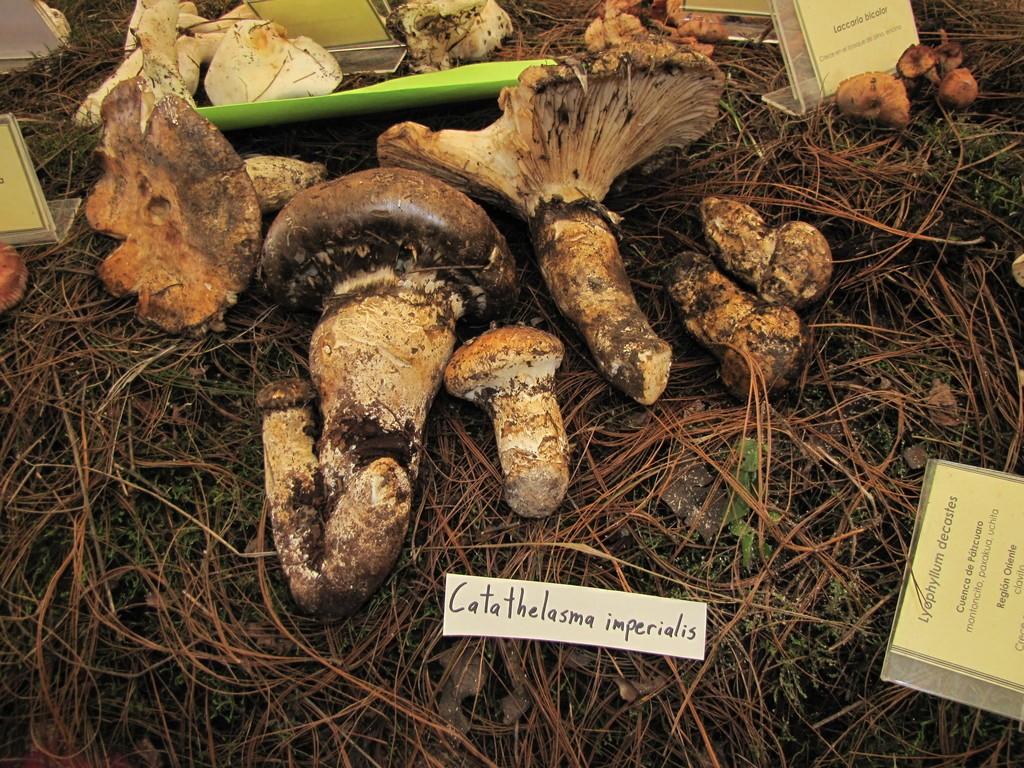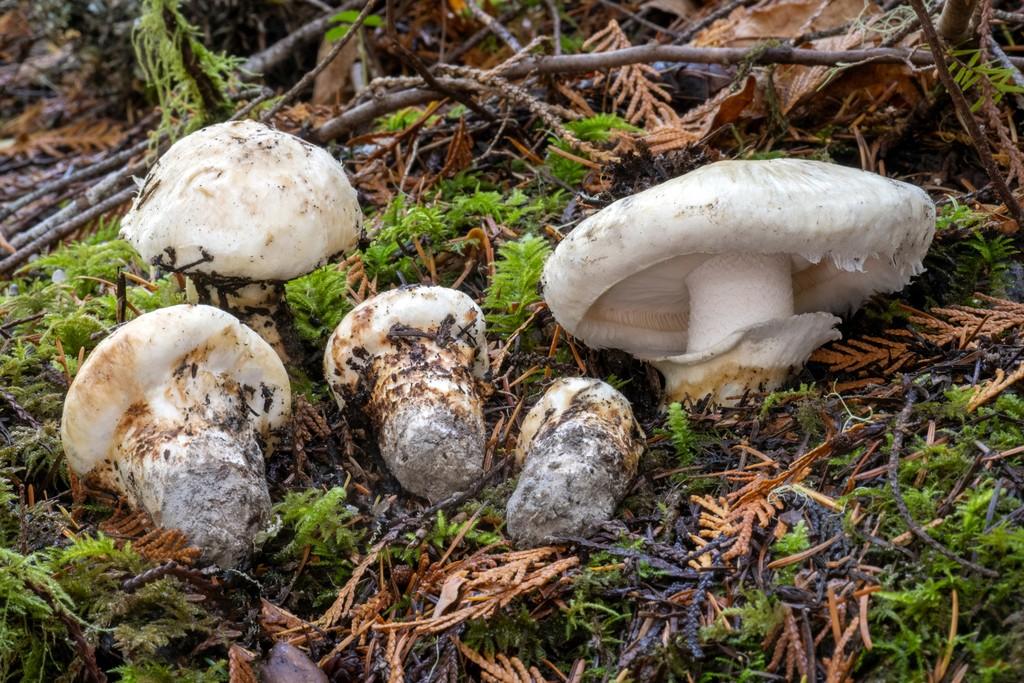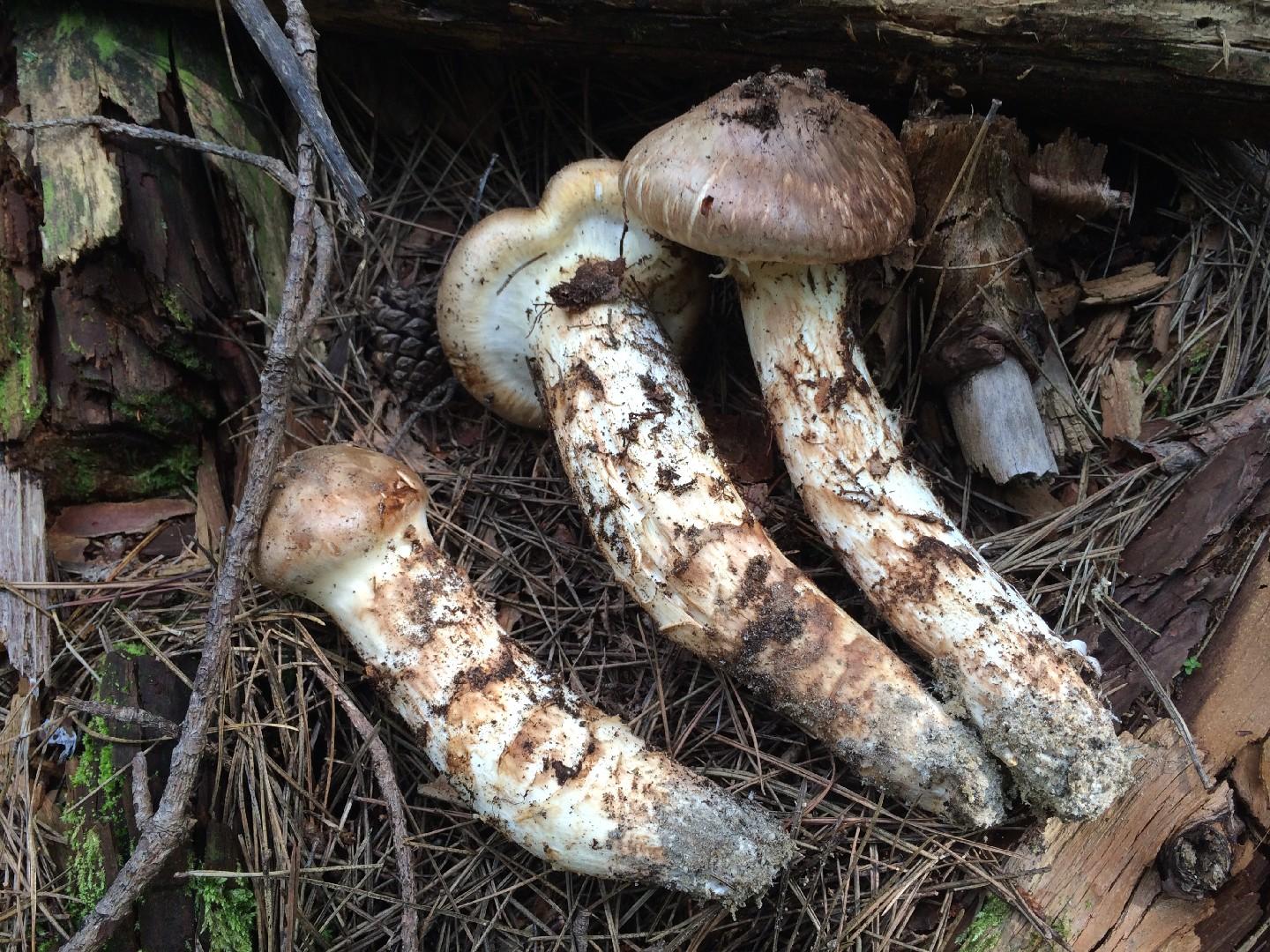

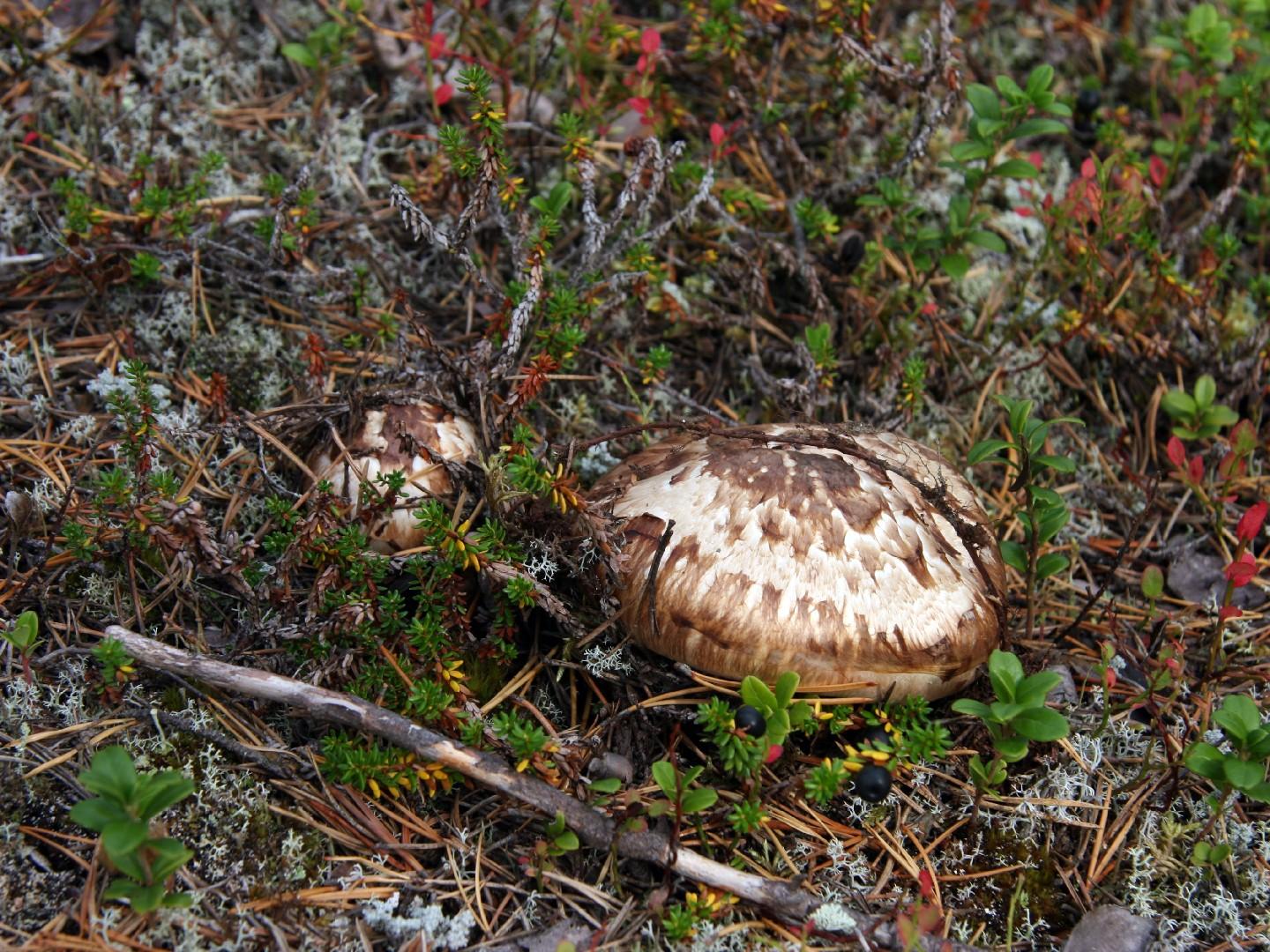
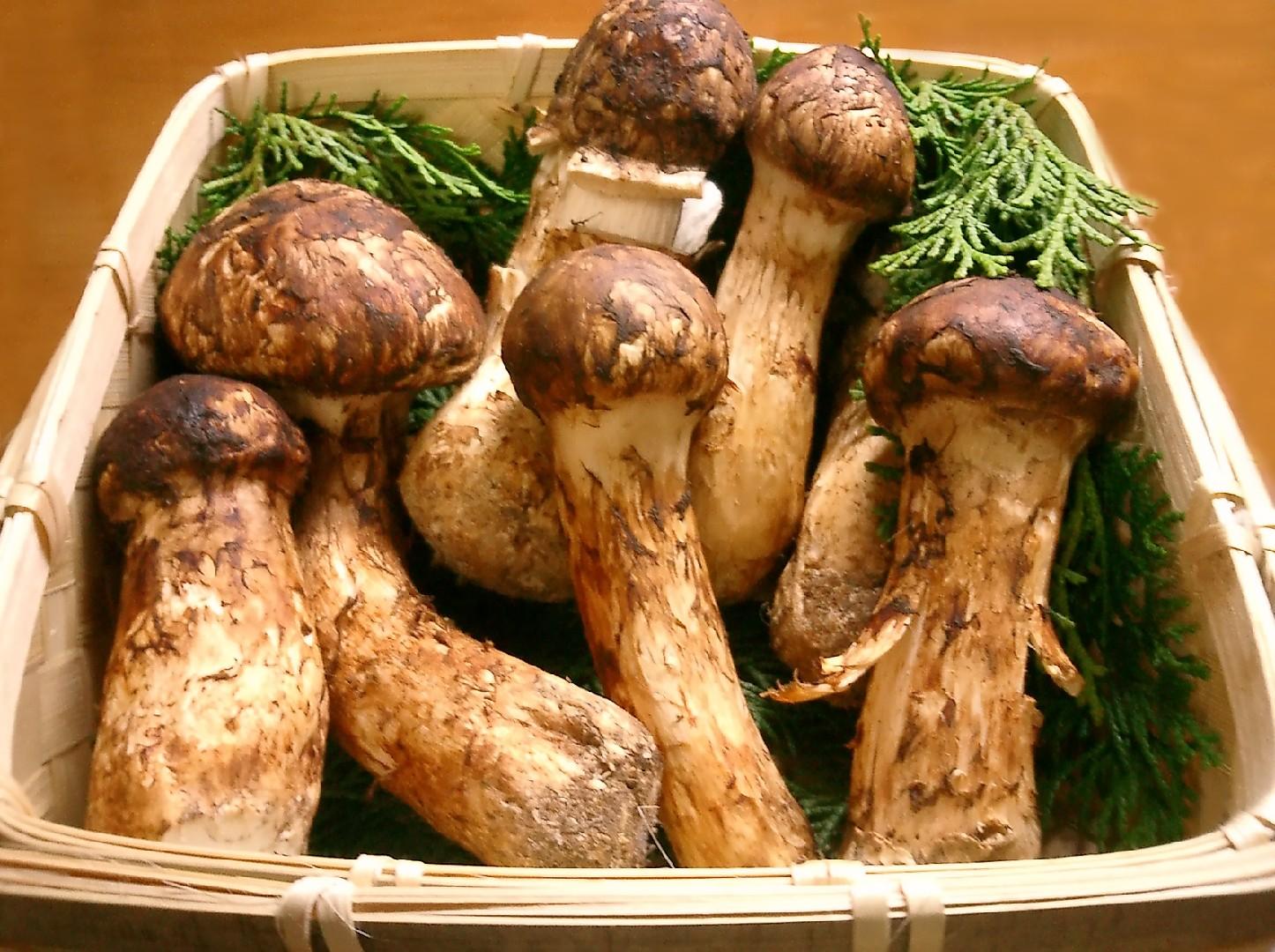
Matsutake
Tricholoma matsutake
A species of Tricholoma. Also known as Pine mushroom.
This wild mushroom, a key ingredient in many traditional Japanese meals, faces endangerment in its native region due to the ongoing destruction of the pine forests on the islands, which serve as its host. However, it also thrives in North America, where it's harvested commercially and sold at exceptionally high prices. So far, efforts to cultivate this specific mushroom have proven unsuccessful.
Attributes of Matsutake
Scientific Classification of Matsutake
Toxicity and Edibility of Matsutake
Is Matsutake Toxic?
Toxicity information is not available for this mushroom. Always consult with an expert before consuming any wild mushrooms.
Is Matsutake Toxic to Dogs?
Matsutake can be dangerous to dogs. If your pet has consumed this mushroom, seek immediate veterinary attention. Symptoms may vary, but early intervention is crucial for the best outcome.
